How does it work? | Pedometer
 Source:
Source:
The First pedometer was invented by the French mathematician Jean Fernely in 1525. The device was a system of gear wheels and gears that are driven by an oscillating lever. He spun the arrows on the four dials, which are consistently counted the units, tens, hundreds and thousands of steps. People using this device was to attach the pedometer to the side at the waist and cord to tie the lever to the opposite knee. At each step the cord is pulled the lever, and the bottom arrow of the dial has moved by one. Much more compact pedometer at the end of the 18th century invented the third U.S. President Thomas Jefferson. His unit was attached to the pants pocket and presented a small mechanical device with gears, reminiscent of a clock. How does the modern pedometer — this was in today's issue!
Most modern pedometers step determine the negative acceleration of the human body at the time of contact of the foot with the ground, which is fixed sensor-accelerometer. Mechanical pedometer is a small device, equipped with a sinker. When walking sinker inertia overcomes the spring resistance and through the gears turns the mechanical axis of the counter forward by one division.
As for the electronic pedometer, it can be either a separate standalone device, or used in mobile and wearable devices such as smart phones, smart bracelets and watches. In both cases, the pedometer detects steps with a multi-axis accelerometer that detect acceleration in several directions. During acceleration of the body in contact of the foot with the ground is the inertial mass of the accelerometer changes its position. This leads to a shift of the bends of the conductor in the accelerometer, which are arranged between taking the readings contacts. The intensity of the field around the contacts change their values as recorded by the sensor. Thus, the microprocessor transforms the shake into electrical impulses and increase the readings of the electronic counter. While complex algorithms and try to eliminate false positives during the execution of daily non-walk action, for example, when tying shoelaces.
There are Also pedometers that represents the contact sensors fixed at the sole of the Shoe and triggered from depression. Because these sensors are usually fixed only on one leg, these pedometers I think a couple of steps.
The Accuracy of pedometers depends on the characteristics of the gait of a particular person. A large part of the sensors according to the steps only if you fix them in a certain place — on the waist belt. If you keep them in your hand or carry in a different location, the accuracy decreases significantly. It is also worth considering that many pedometers continue to count the steps when the user is travelling in transport, particularly on rough roads.
Experts say that to maintain physical fitness adult needs to pass 7-10 thousand steps daily.
Recommended
Mystery of the Sargasso sea, and why there were dead ships
At the time, in the Sargasso sea lost a lot of ships. Almost all mystical place, about which people say, giving them a mysterious halo, are on the water. When ”ends”, the disappearances do seem very strange and inexplicable. One of the places that ar...
An air leak site has been found on the ISS. What's next?
Air leak occurs in Russian station module Inside the International Space Station live astronauts from different countries and all of them need oxygen. The air needed for the life of the crew is produced by special equipment, but the tightness of the ...
Why can thinking about death make life happier?
Awareness of one's own mortality can be a liberating and awakening experience How do you feel about the idea of death? How often do you think about it and what emotions do you feel? Many of us have been pondering these questions lately. The pandemic ...
Related News
How does it work? | Portable heart rate monitor
Monitor — a device for monitoring heart rate in real time. Electrical activity of the heart was opened in the late 19th century, and in 1902, Willem einthoven was the first, who is technically registered with a string galvan...
How does it work? | A quantum computer
a Quantum computer is a computing device that uses the phenomena of quantum mechanics to transmit and process the data. The idea of quantum computing was independently proposed by Yuri mininum and Richard Feynman in the early 80-i...
How does it work? | Satellite navigation system
the Idea of creating a satellite navigation system was born in the 50-ies of the last century. American scientists led by Richard Kershner watched the signal coming from the Soviet satellite, and found that due to the Doppler effe...
#photo of the day | NASA published pictures of a giant iceberg separated from Antarctica
in July this year, one of the largest in the history of our planet iceberg A-68A is separated from of the Larsen ice sheet in Antarctica. It is difficult even to imagine a giant piece of ice with an area of over 6000 square kilome...
How does it work? | Rain sensor
the Car rain sensor is an optic-electronic device, which is installed on car windshield and responds to hydration. It is necessary for the determination of moisture and automatically turn on the wipers. The first experiments to cr...
How does it work? | Fire sensor
the First automatic fire sensor was heat. It was created by Americans Francis Upton and Fernando Dibble in the late 19th century. The design of the sensor was an electric battery, bell dome, a magnet in an open circuit and a therm...
How does it work? | Motion sensor
the motion Sensors are widely used in security systems to detect intrusion, as well as for automation of lighting and HVAC equipment in homes and offices. Analysts expect growth in the use of motion sensors by 14% annually until 2...
How does it work? | Machine translation
for the First time the idea of using electronic computers for the translation of texts was expressed in 1947 in the United States, immediately after the appearance of the first computer. The first public demonstration of machine t...
How does it work? | Computer vision
As an independent discipline computer vision originated in the early 50-ies of the last century. In 1951 John von Neumann proposed to analyze microsemi using computers by comparing the brightness of adjacent parts of the image. In...
How does it work? | Search engine
the First computer program for searching the Internet was Archie, created in 1990 by students from Montreal. She downloaded a list of all files from all FTP servers and build a database that you can search for file names. The firs...
How does it work? | Accelerometer
Accelerometer — it is a sensor for measuring acceleration. It was invented in the late 19th century and was intended for installation in cars and locomotives to control the speed. The first accelerometers were heavy and bulk...
How does it work? | Holographic display
the First hologram was obtained by the Hungarian physicist Denison Gabor in 1947 in the course of the experiments to increase the resolution of electron microscopes. He coined the word "hologram", wanting to emphasize the complete...
How does it work? | E-Ink-display
Electronic paper was first developed at the Research Center of Xerox in Palo Alto Nick Sheridana in the 70-ies of the last century. The first electronic paper, called Gyricon, consisted of polyethylene spheres between 20 and 100 m...
How does it work? | OLED display
In the last issue we about the LCD display. Today we will focus on a different technology, called OLED. So, how does the display on the organic light emitting semiconductors — this was in today's issue! the Main difference...
Liquid crystals were discovered in 1888 by Austrian scientist Friedrich Reinitzer, and in 1927, a Russian physicist Vsevolod Frederiks was discovered crossing, was named after him and is now widely used in conventional LCD display...
How does it work? | LSD-display
Liquid crystals were discovered in 1888 by Austrian scientist Friedrich Reinitzer, and in 1927, a Russian physicist Vsevolod Frederiks was discovered crossing, was named after him and is now widely used in conventional LCD display...
Nobel laureate in Economics: bitcoin is just another bubble
Robert Shiller is an American economist, has published a number of scientific papers and books on Economics. In 2013, Schiller was the winner of the Nobel prize in Economics. At the moment a scientist teaches the subject at Yale U...
Chess puzzles is worth a million dollars
One of the most ancient Board games, chess is not only developing tactical thinking, but also to improve other useful skills. For example, there are many logical brainteasers on the arrangement of pieces on a chess Board in a cert...
the History of NFC technology takes its beginning in 1983. Then electrical engineer Charles Walton received a patent for "portable radio frequency emitter-ID". Almost 20 years later, in March 2004, Nokia, Sony and Royal Philips El...
At Kaspersky Lab has predicted the future of Moscow
In anticipation of the 870 anniversary of the capital of Russia on the website of Kaspersky Lab there is a very interesting forecast for the Moscow of the future. In the framework of the project «Earth 2050» the experts ...





















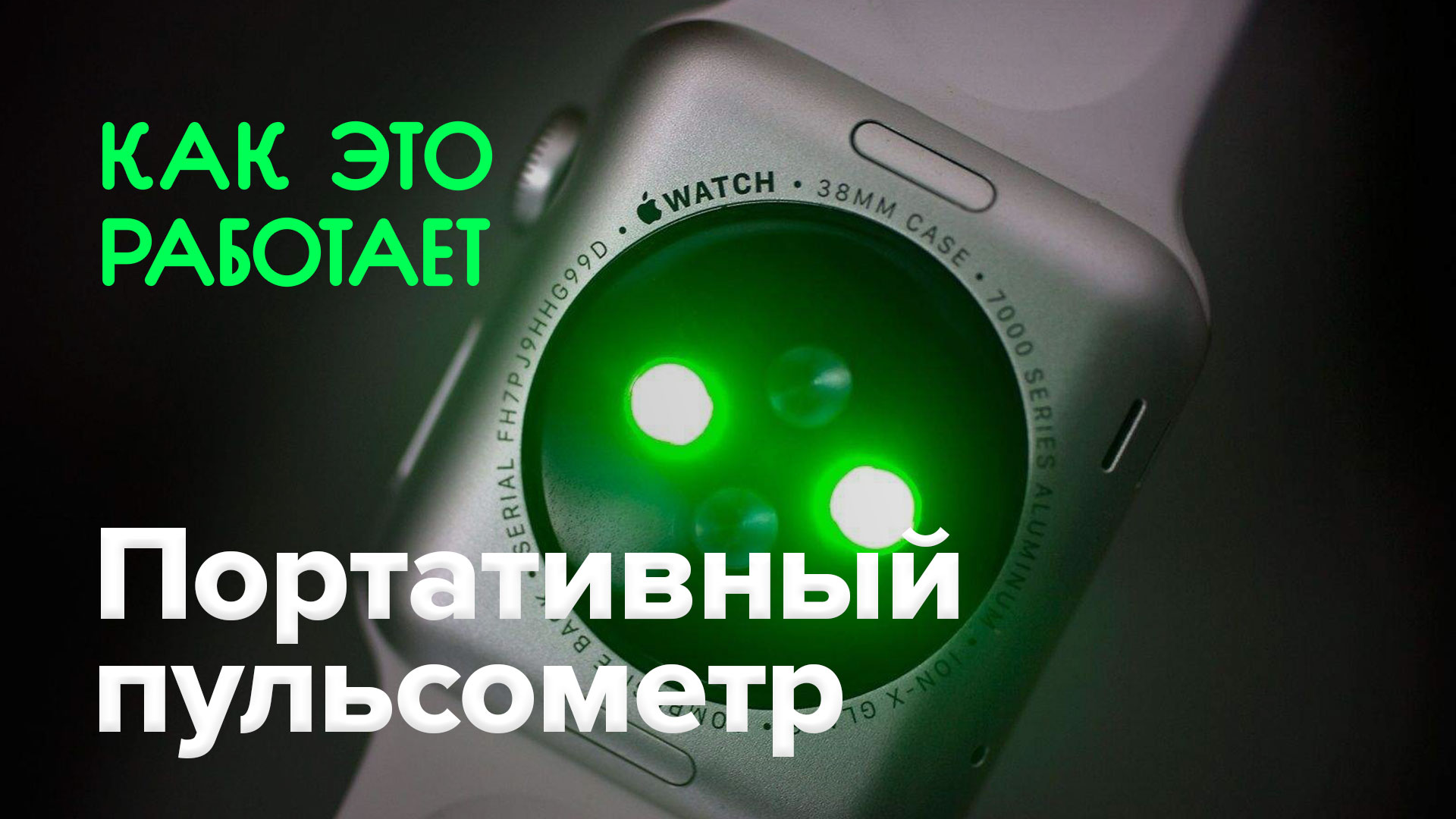



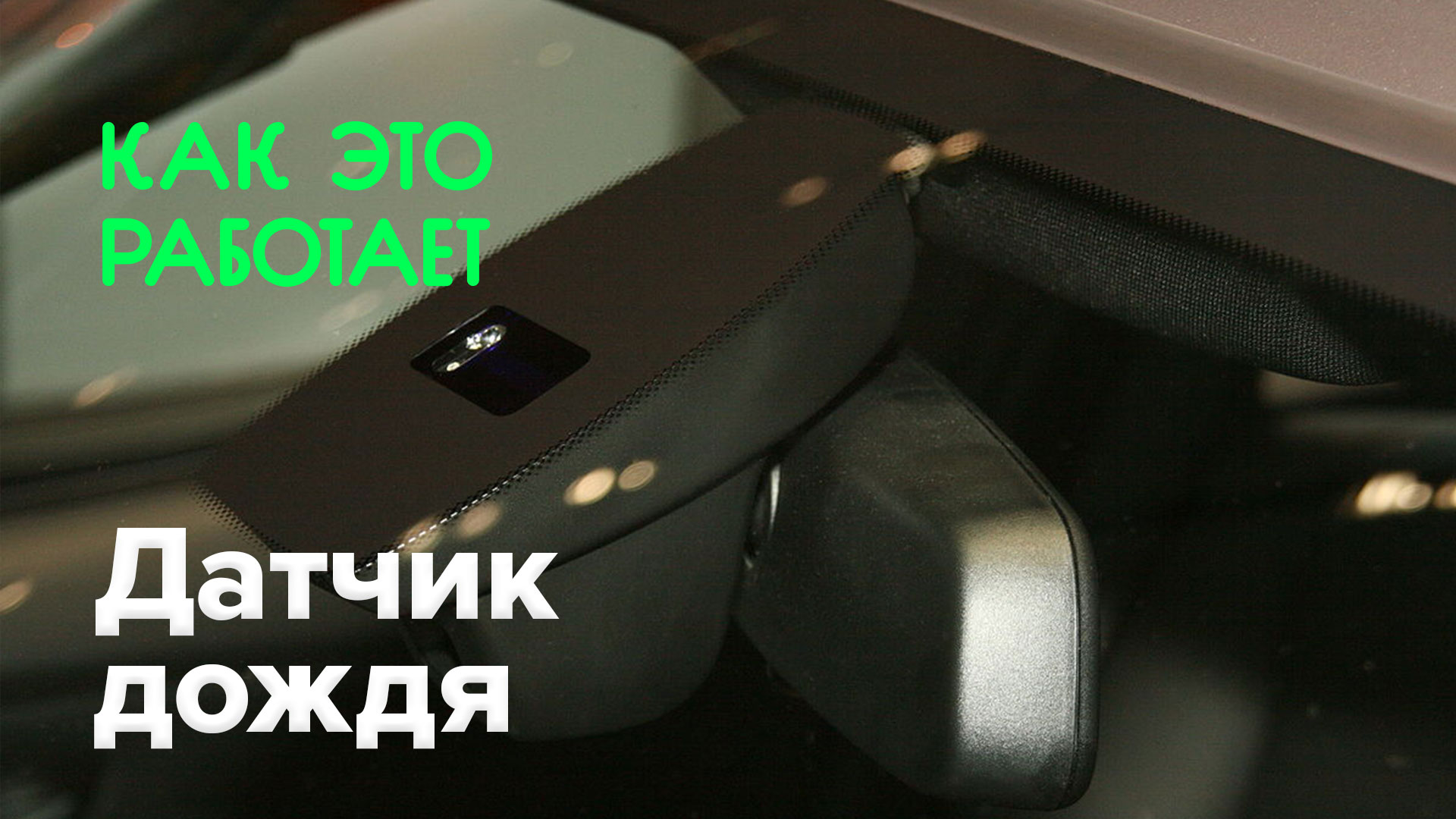
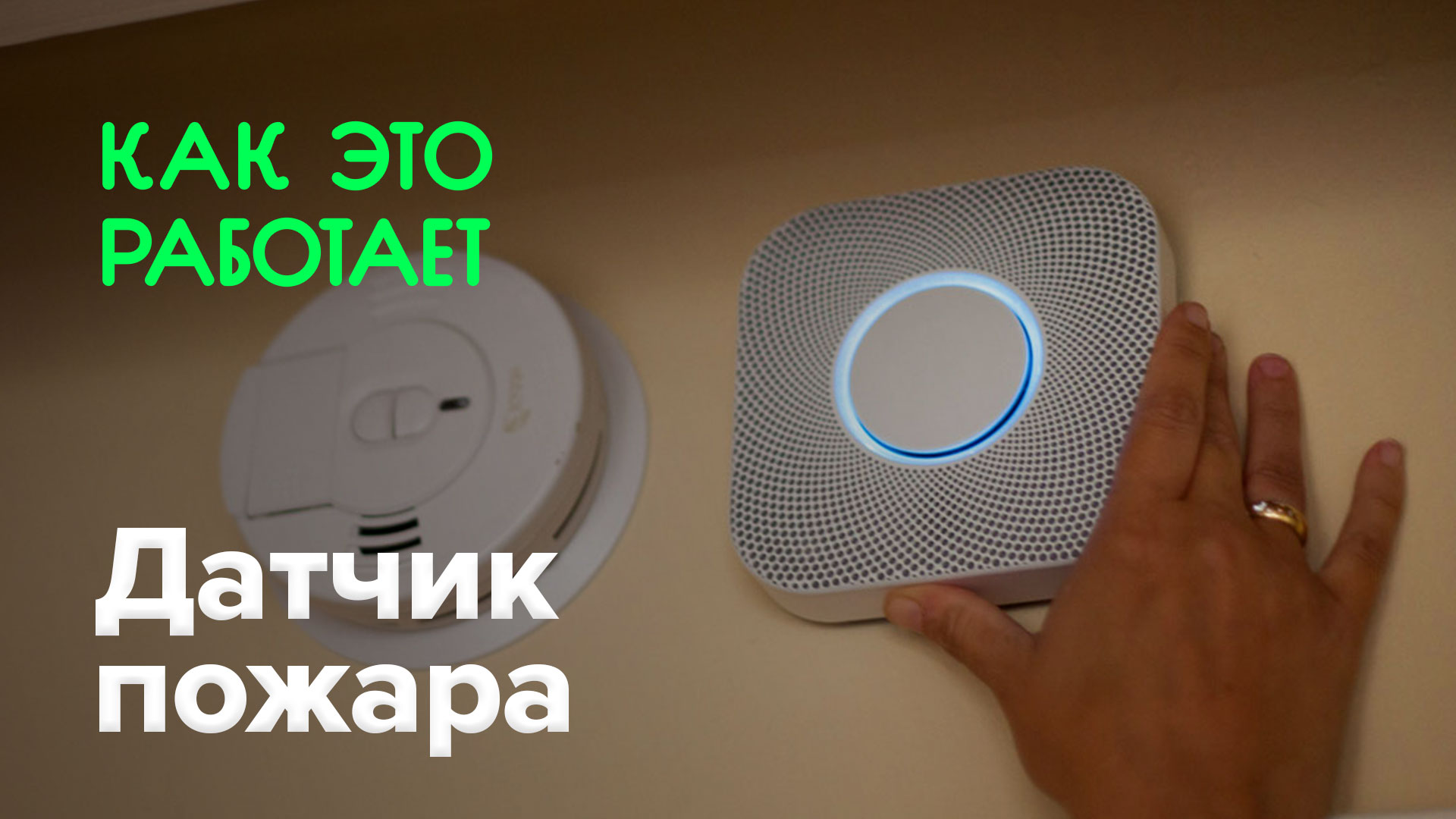




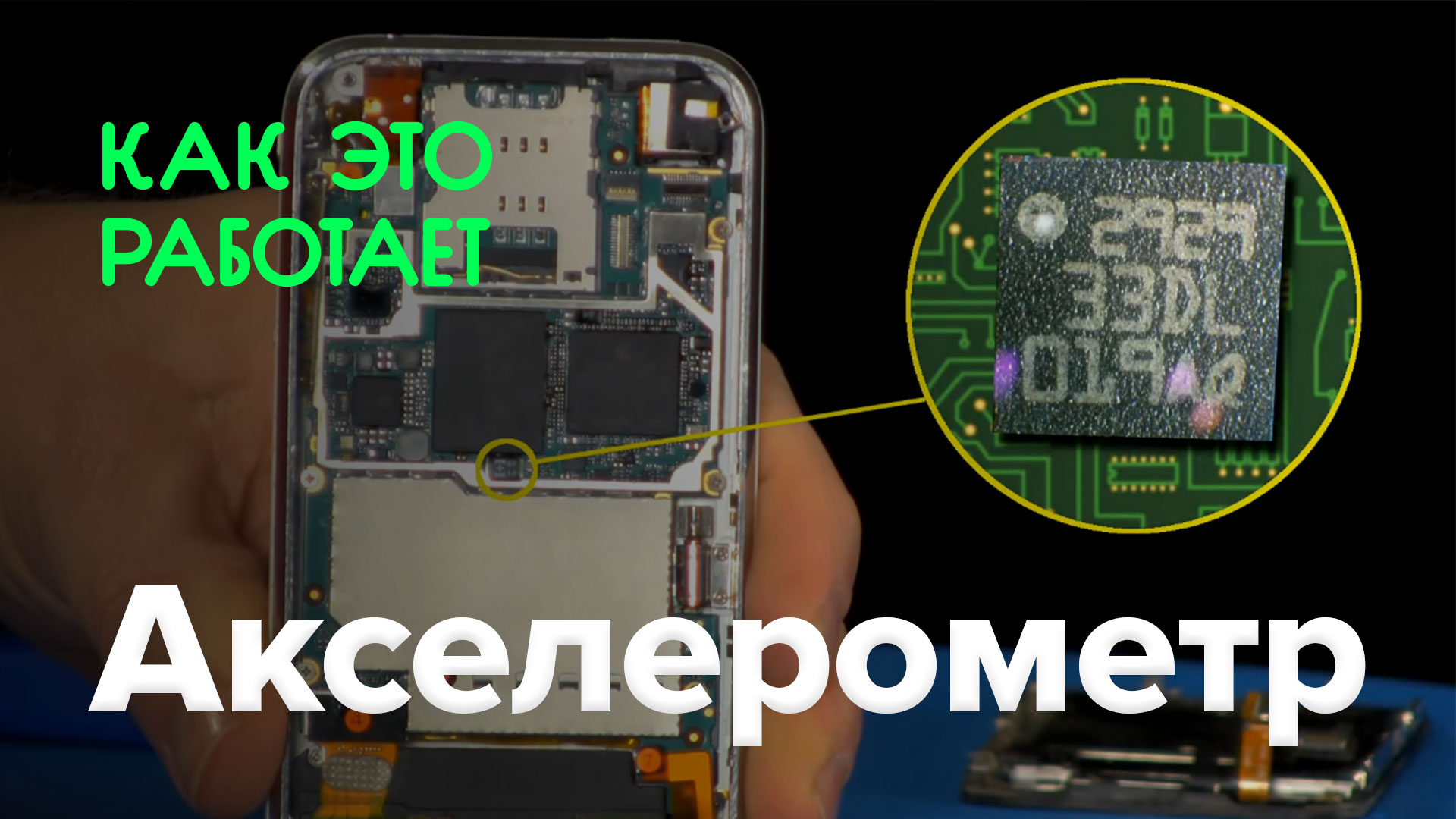
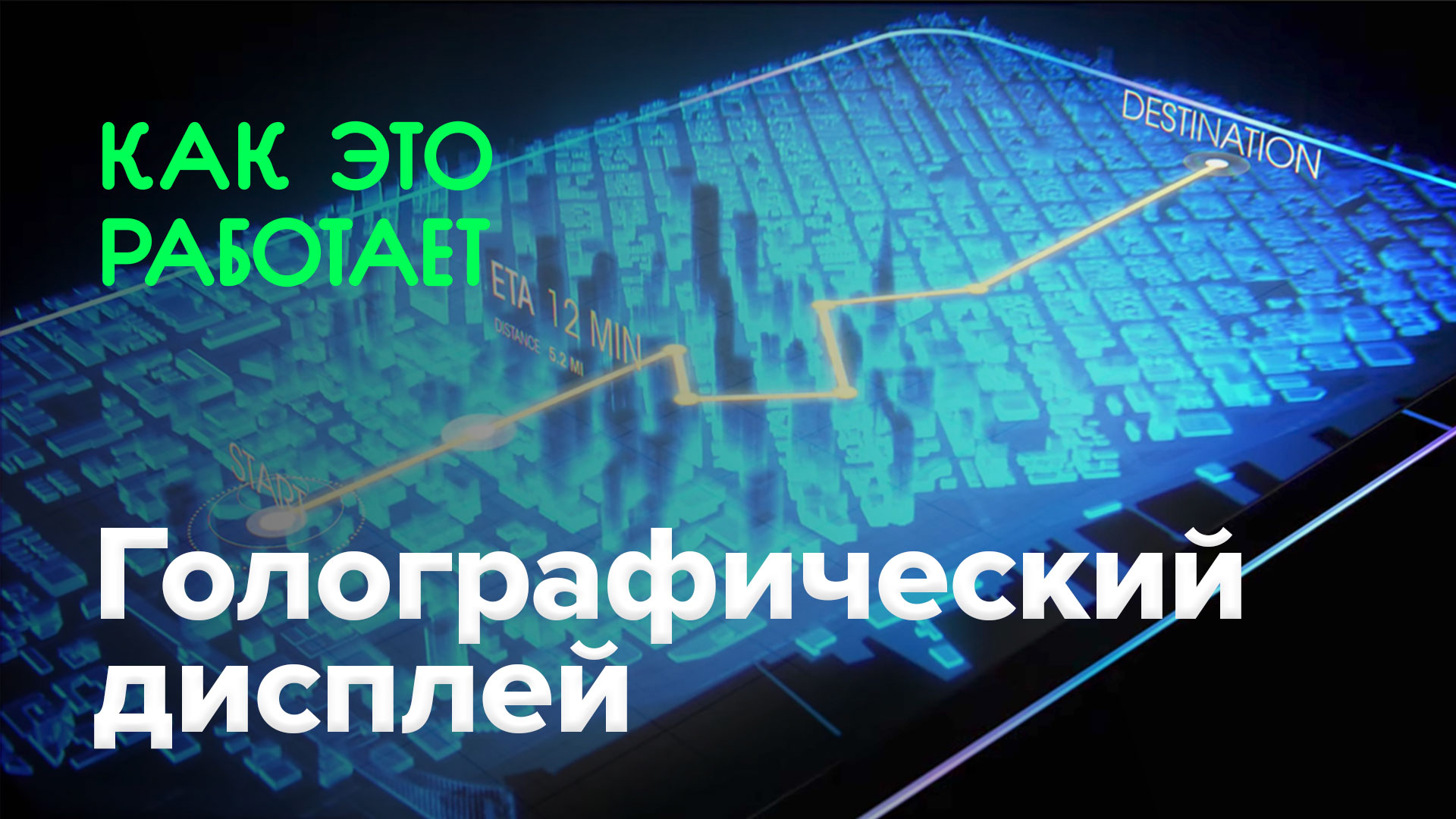

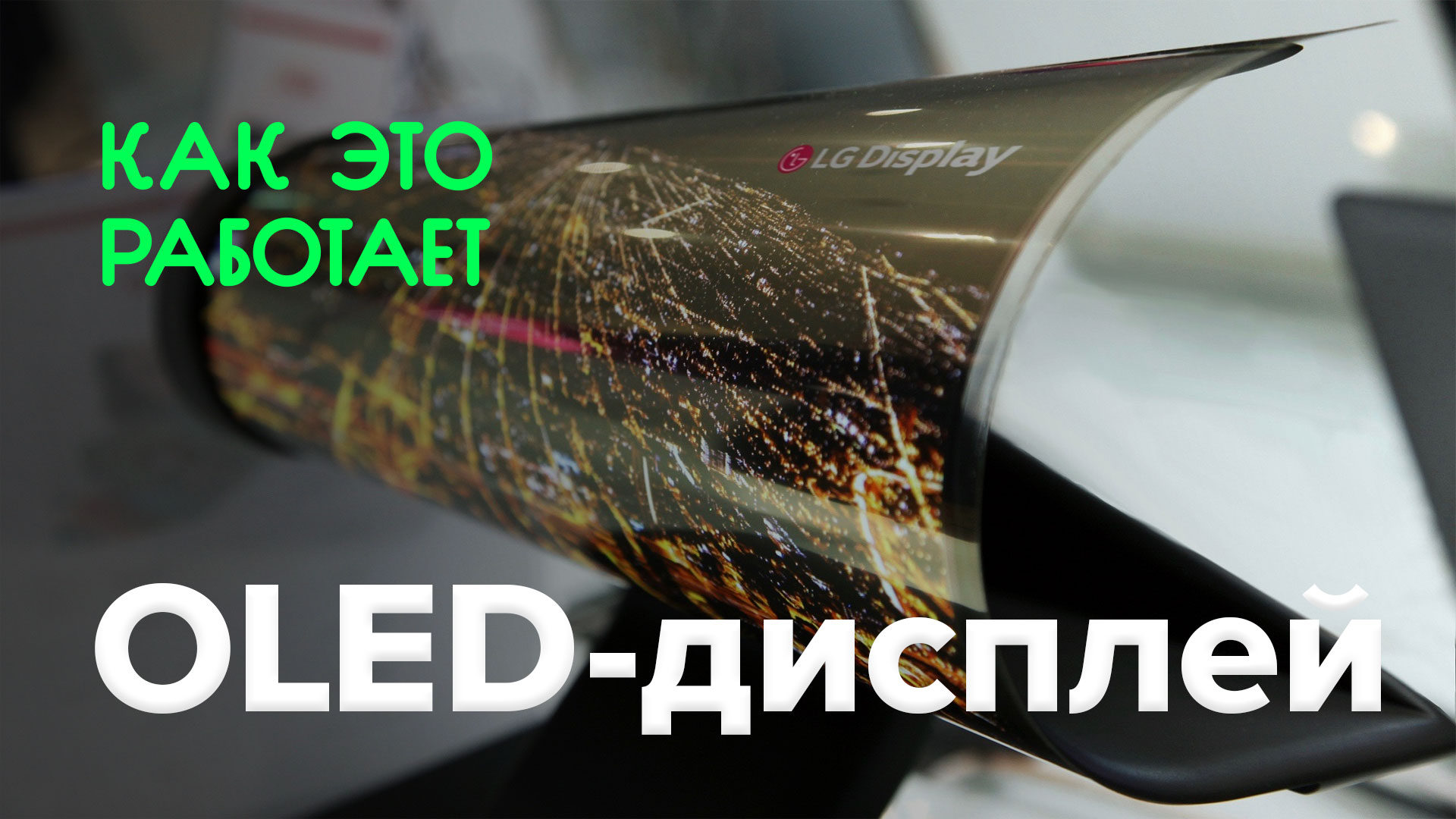






Comments (0)
This article has no comment, be the first!